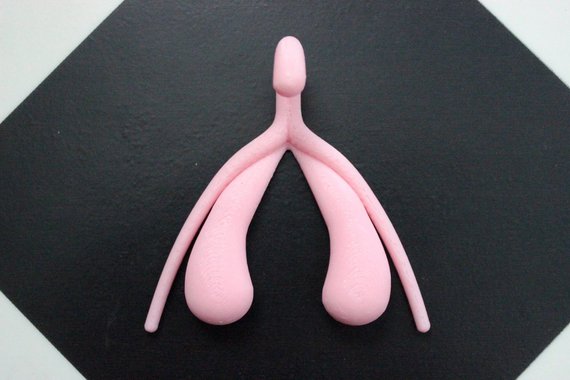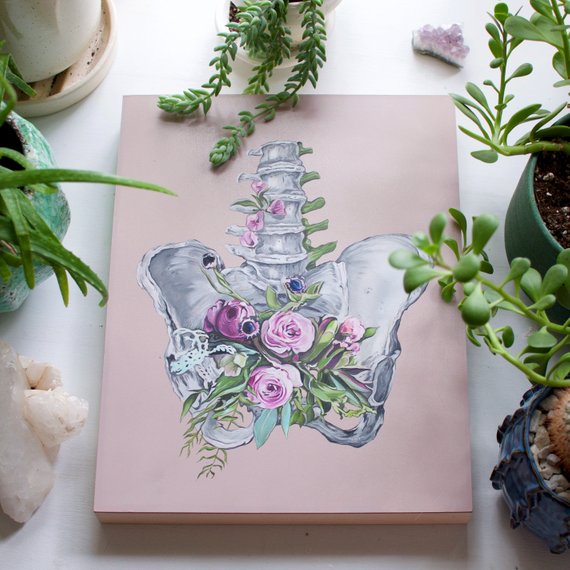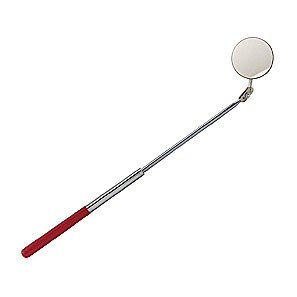Holiday Gift Guide for the Pelvic Health Therapist
Show the pelvic practitioner in your life some love with these savvy holiday gift ideas!
Hercules! Hercules! This life-sized 3D model of the human clitoris will put a grin on your sex educator’s face. Now you’re speaking our language! $25.93 by Clito
Someone told me to put on my power suit… please, please, please…someone get me these!! $14.93 by Happy Hankie
Won't this sweet little pin be disarming on the lapel of a lab coat! Sweet little touches like these can go a long way… $13 by The Project
This pelvic floor wall chart will help you explain anatomy of the pelvic floor and reasons for urinary incontinence and prolapse.
Well, it’s actually a vulva, but a festive and classy ornamental addition to your pelvic practitioner’s tree or doorknob. £ 20 by Feltmelons
Patient education is the foundation of what we do. This complete collection of patient handouts on bladder health is perfect for saving time and brain space in the clinic. Available in PDF , Personalized and print. $79.99 by Your Core PT.
Now this is my idea of office beautification.
Prices vary by size. Oil painting by Trisha Thompson Adams.
Patient education is the foundation of what we do. This complete collection of patient handouts on bowel health is perfect for saving time and brain space in the clinic. Available in PDF and print. $79.99 by Your Core PT.
Color your cares away in an empowering and playful way! $17.99 by Heather Edwards
Nope, it’s not a shoe horn, but it sure will help relieve constipation in the case of a rectocele! $26.95 by MyAid
Well if this isn’t a way to market I don’t know what is! Pelvis anyone? $11.97 by CookieCutz
Telescoping LED Lighted Flexible Inspection Mirror 360 Swivel from Amazon.com
Let’s us help our patients see what we see…this long-handled mirror for under $3 will do just the trick!
Article written by Susannah Haarmann, PT, WCS, CLT
Susannah is a board-certified Women's Clinical Specialist by the American Physical Therapy Association. She is a private practice owner in Asheville, North Carolina and teaches internationally in pelvic health and breast oncology rehabilitation. Susannah is an advocate of conservative treatment for pelvic health conditions and writes books and courses on pelvic health and breast cancer rehabilitation.
































The Bladder Bundle is the complete collection of Your Core PT handouts on bladder health; from urinary incontinence, urgency and anterior wall prolapse, we’ve got you covered! This practitioner resource is valued at $183 (handouts can be purchased individually), but you can get them as a bundle for 57% off! Plus you will receive 5 color anatomy pages that can be laminated and used for patient education in your clinic FREE! Save yourself time creating handouts and boost education, professionalism and efficiency in your practice!